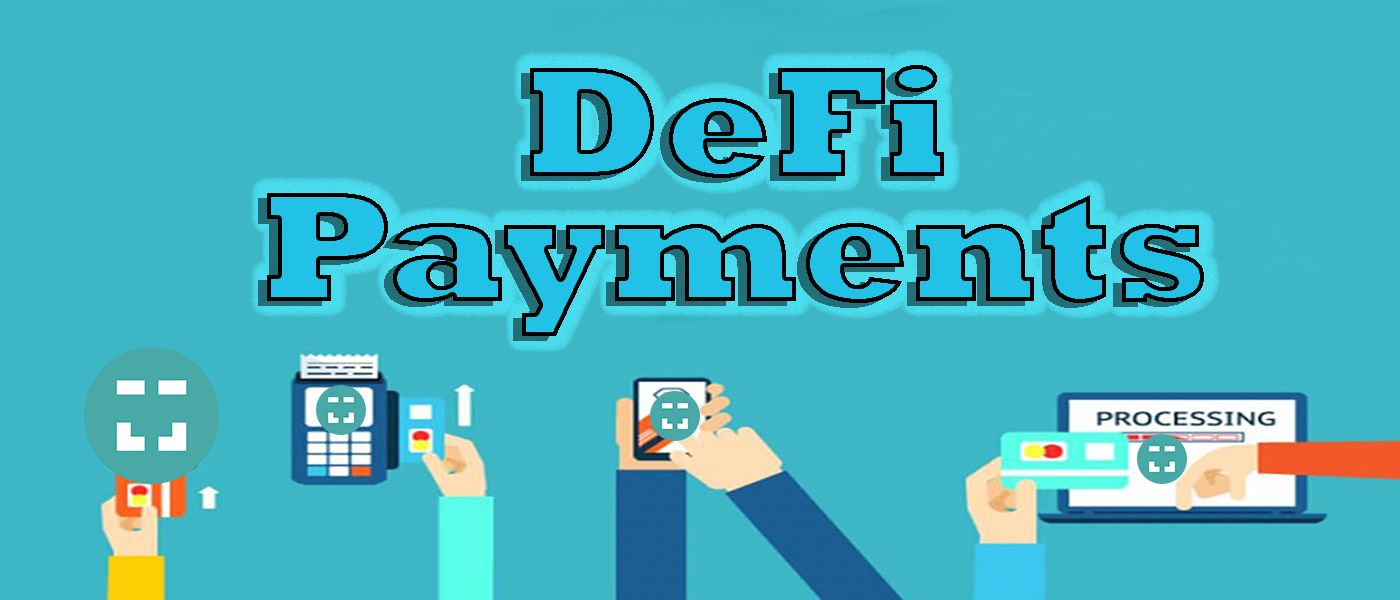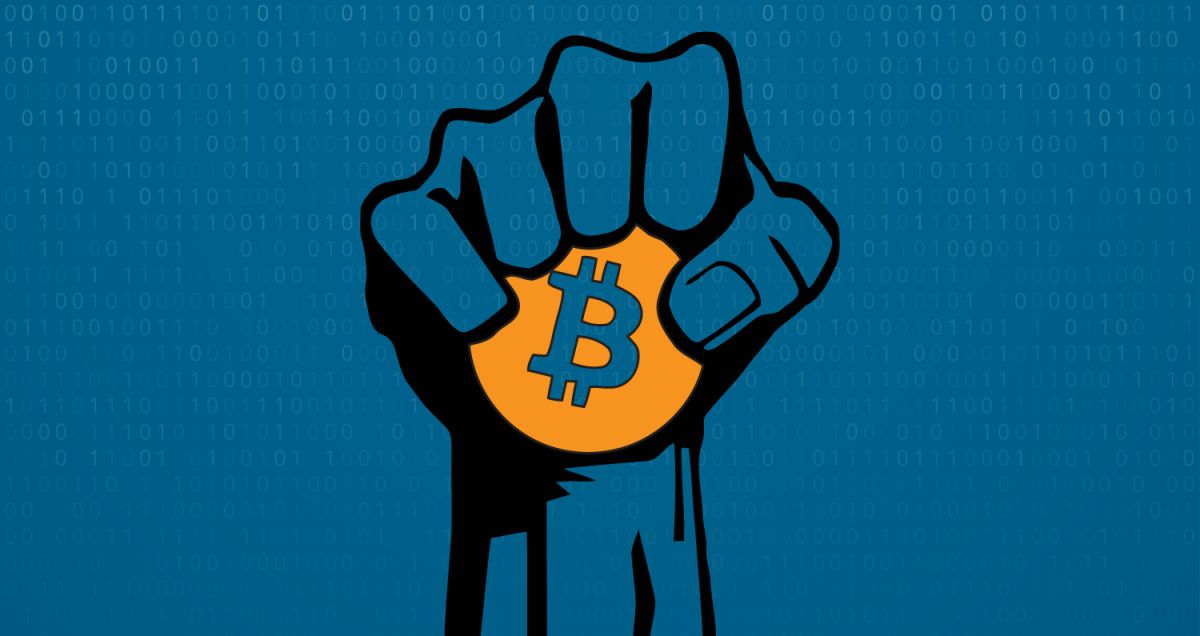
 Lightning Network is a payment protocol operating on blockchains. Allows instant transactions between participating nodes and is proposed as a solution to the bitcoin scalability problem. The Lightning Network is made up of nodes and bidirectional payment channels.
Lightning Network is a payment protocol operating on blockchains. Allows instant transactions between participating nodes and is proposed as a solution to the bitcoin scalability problem. The Lightning Network is made up of nodes and bidirectional payment channels.
 When people find the limits of an existing technology, they inevitably look for ways to improve it.
When people find the limits of an existing technology, they inevitably look for ways to improve it.
 It's a common question in a growing business: How do you scale without breaking your business model and preserving the essence and quality of what you do?
It's a common question in a growing business: How do you scale without breaking your business model and preserving the essence and quality of what you do?
 When Satoshi Nakamoto first published the idea of Bitcoin, the very first comment was about scalability and how the Bitcoin proposal does not allow for scaling. Now, 10 years later, scalability is still a problem for Bitcoin.
When Satoshi Nakamoto first published the idea of Bitcoin, the very first comment was about scalability and how the Bitcoin proposal does not allow for scaling. Now, 10 years later, scalability is still a problem for Bitcoin.
 There are several reasons why the world is talking about retailers accepting Bitcoin in the first place. Firstly, there are millions of crypto holders worldwide with over 42 million blockchain wallets. In some countries, the number of people who own crypto reach up to 25% of the population. Secondly, the transactions are fast and secure. Thirdly, the transactions are cheap.
There are several reasons why the world is talking about retailers accepting Bitcoin in the first place. Firstly, there are millions of crypto holders worldwide with over 42 million blockchain wallets. In some countries, the number of people who own crypto reach up to 25% of the population. Secondly, the transactions are fast and secure. Thirdly, the transactions are cheap.
 The Lightning Network enables anyone to use bitcoin instantly, with minimal fees, while still being permissionless and having the bitcoin's blockchain acting as a fallback that you can always count on.
The Lightning Network enables anyone to use bitcoin instantly, with minimal fees, while still being permissionless and having the bitcoin's blockchain acting as a fallback that you can always count on.
 2019 was a remarkable year for the Blockchain and crypto space. We saw the birth of new alliances, new crypto trading products, Bitcoin and Ethereum survived the bear market.
2019 was a remarkable year for the Blockchain and crypto space. We saw the birth of new alliances, new crypto trading products, Bitcoin and Ethereum survived the bear market.

 Funding the next million open source contributors with payment plans as code and micropayments.
Funding the next million open source contributors with payment plans as code and micropayments.
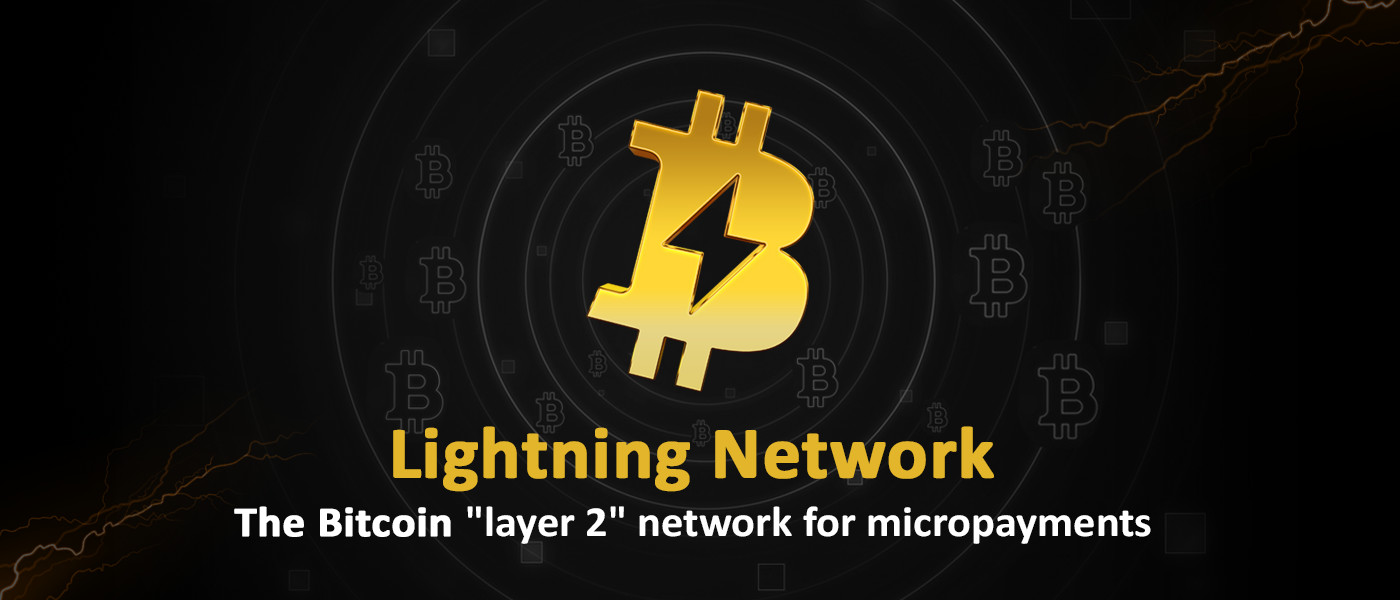 Stay up to date with my latest tweets here: @BoudjemaaAdam
Stay up to date with my latest tweets here: @BoudjemaaAdam
Introducing [1502]’s ‘Cash-Coin’](https://hackernoon.com/better-than-cash-introducing-1502s-cash-coin)
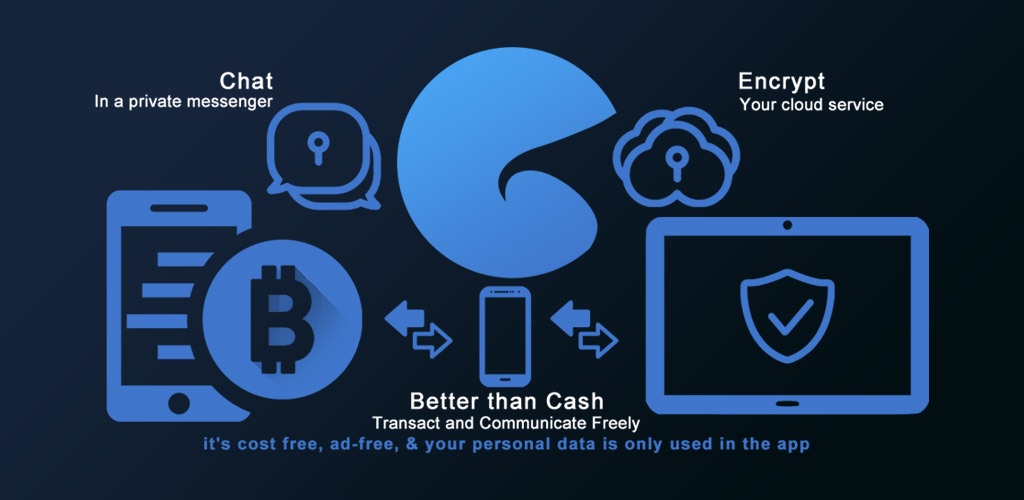 Offline bitcoin transactions. Free, instant, anonymous transactions and communications. Anyone can join. No limitations. No limits.
Offline bitcoin transactions. Free, instant, anonymous transactions and communications. Anyone can join. No limitations. No limits.
 SWIFT payments are a broken system that help financial institutions at the expense of users but they will soon be disrupted with the help of cryptocurrency,
SWIFT payments are a broken system that help financial institutions at the expense of users but they will soon be disrupted with the help of cryptocurrency,
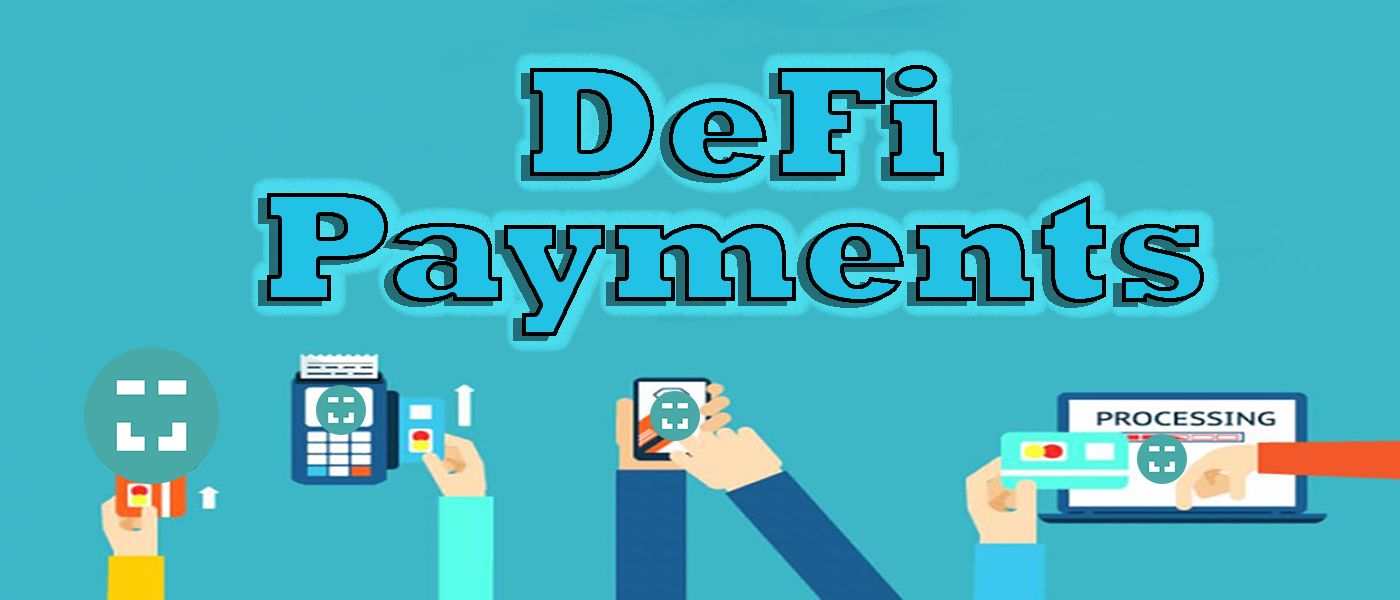 After having seen one of the 5 macro areas of decentralized finance (DeFi), namely lending and borrowing, today we will focus on another aspect and which is ...
After having seen one of the 5 macro areas of decentralized finance (DeFi), namely lending and borrowing, today we will focus on another aspect and which is ...
 Layer 2 (or L2) solutions have come up as a practical solution to this scalability mess, as opposed to Layer 1 (L1) solutions.
Layer 2 (or L2) solutions have come up as a practical solution to this scalability mess, as opposed to Layer 1 (L1) solutions.
 The roaring popularity of blockchain technology owes a great deal to the brilliance of smart contracts. Conceptualized by computer scientist Nick Szabo in 1994, a smart contract can be considered to be a set of instructions (usually in the form of a computer program) which automatically execute when the terms of a ‘contract’ are fulfilled.
The roaring popularity of blockchain technology owes a great deal to the brilliance of smart contracts. Conceptualized by computer scientist Nick Szabo in 1994, a smart contract can be considered to be a set of instructions (usually in the form of a computer program) which automatically execute when the terms of a ‘contract’ are fulfilled.
 Scalability has proven to be the single biggest roadblock to the mainstream adoption of blockchain technology today. While Bitcoin is impeccable as far as security and decentralization are concerned, it’s an entirely different story when it comes to scalability (measured in terms of TPS, or tranactions per second) – Bitcoin manages a measly 4 TPS when compared with Visa’s 1700 TPS.
Scalability has proven to be the single biggest roadblock to the mainstream adoption of blockchain technology today. While Bitcoin is impeccable as far as security and decentralization are concerned, it’s an entirely different story when it comes to scalability (measured in terms of TPS, or tranactions per second) – Bitcoin manages a measly 4 TPS when compared with Visa’s 1700 TPS.
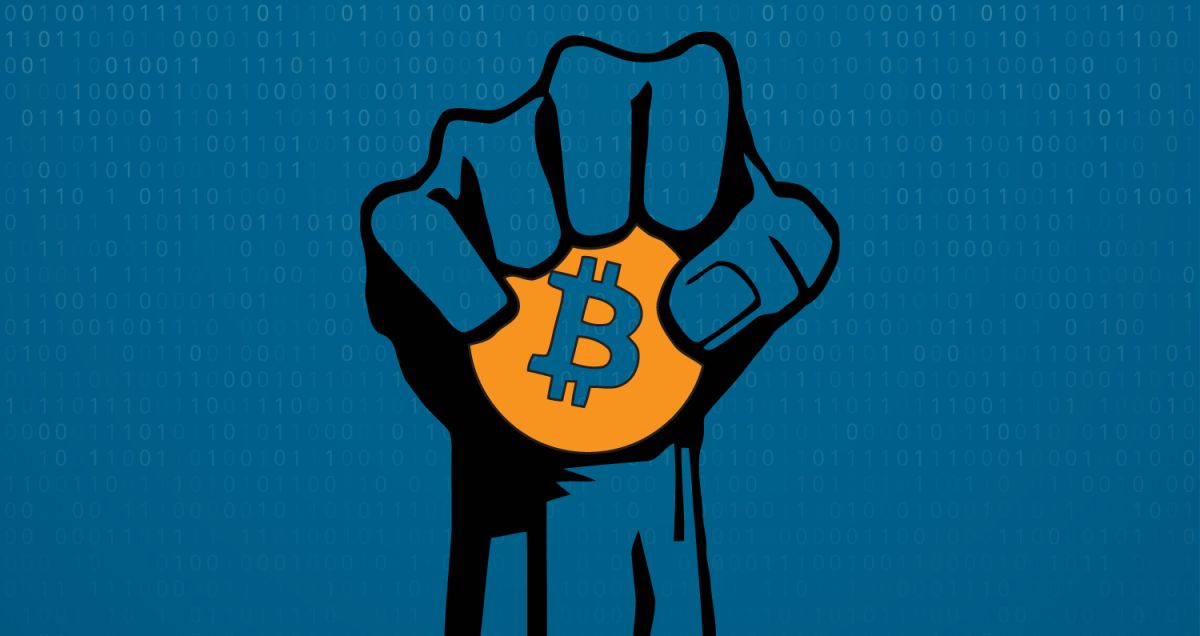 Results and perspectives from a decade of blockchains' disruptive revolution.
Results and perspectives from a decade of blockchains' disruptive revolution.











